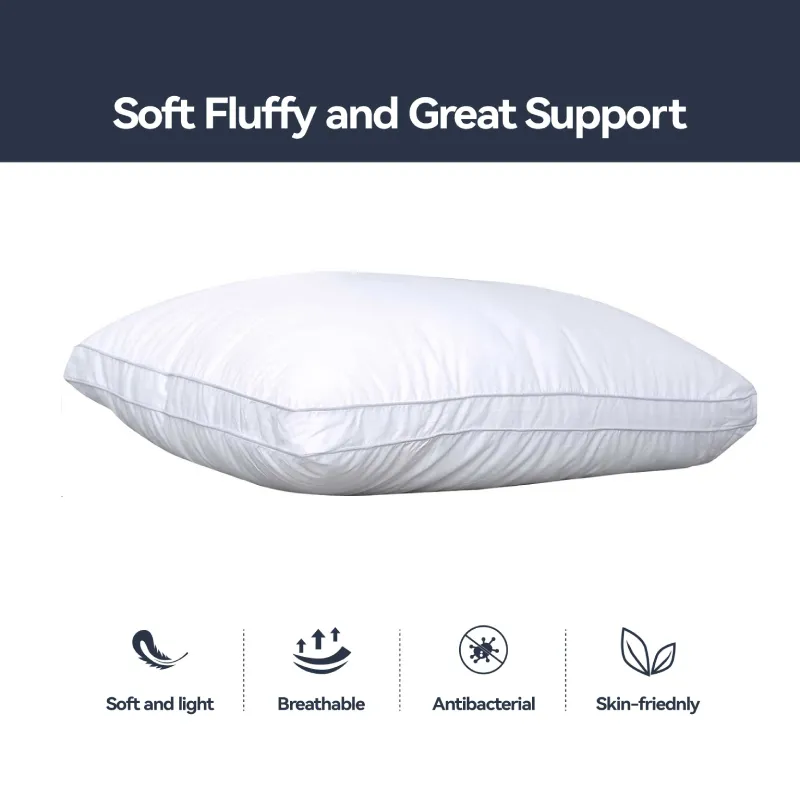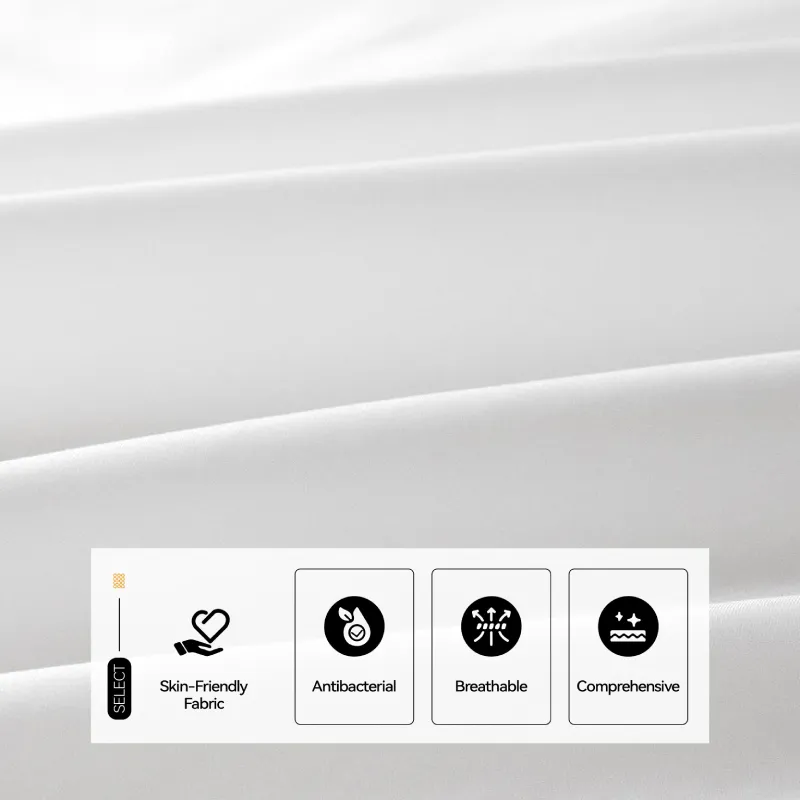A waffle robe, named for its distinctive textured fabric resembling a honeycomb pattern, is a versatile and stylish addition to any loungewear collection. Its lightweight and breathable design makes it perfect for year-round use, providing a gentle embrace without being too heavy or clingy. The waffle weave fabric efficiently absorbs moisture, making it ideal for post-shower wear or as a spa robe.
...
2025-08-15 00:45
485
 This is especially appreciated by quilters, who often seek wide fabrics to minimize seam lines in their creations This is especially appreciated by quilters, who often seek wide fabrics to minimize seam lines in their creations
This is especially appreciated by quilters, who often seek wide fabrics to minimize seam lines in their creations This is especially appreciated by quilters, who often seek wide fabrics to minimize seam lines in their creations Polyester is a synthetic fiber that is known for its resistance to wrinkles and shrinking, which means that these sheets will continue to look great wash after wash Polyester is a synthetic fiber that is known for its resistance to wrinkles and shrinking, which means that these sheets will continue to look great wash after wash
Polyester is a synthetic fiber that is known for its resistance to wrinkles and shrinking, which means that these sheets will continue to look great wash after wash Polyester is a synthetic fiber that is known for its resistance to wrinkles and shrinking, which means that these sheets will continue to look great wash after wash